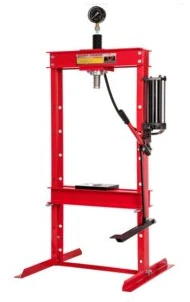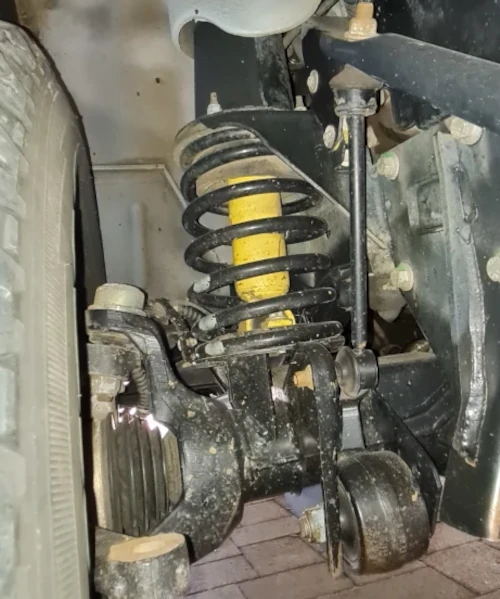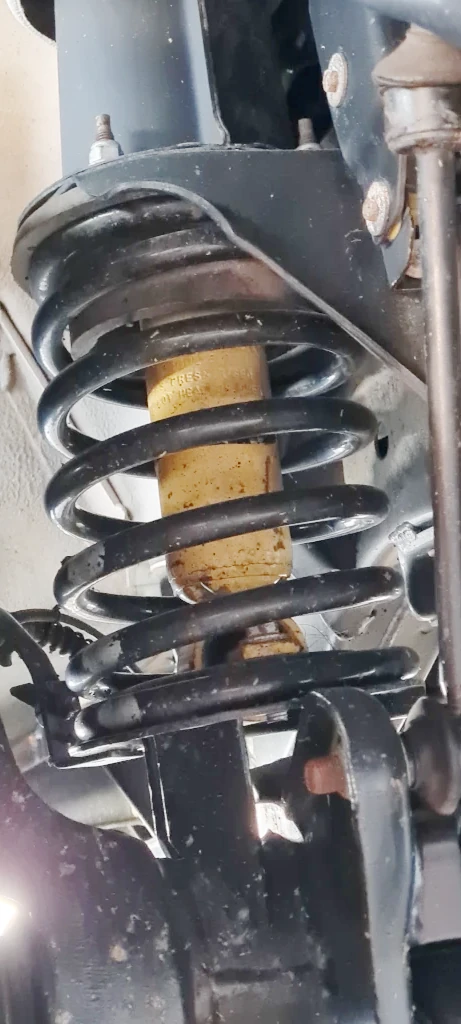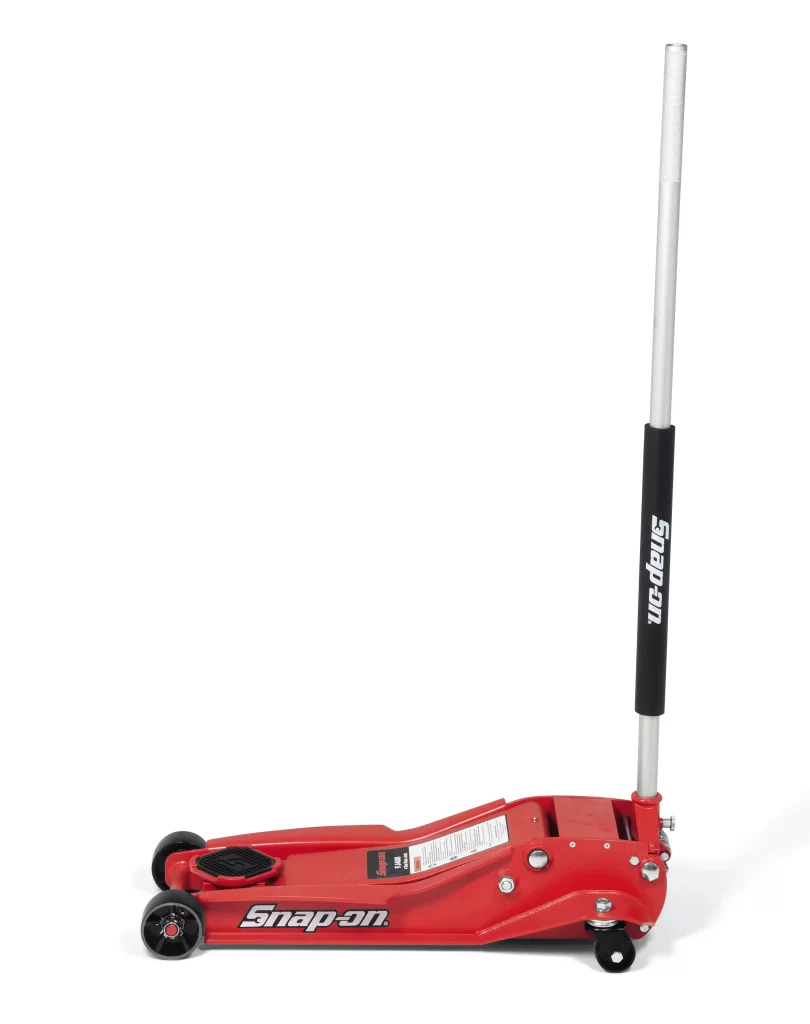WORKSHOP PRESSES
What is a hydraulic press?
A hydraulic press is a mechanical device that uses pressure to install or remove parts in a garage workshop.

The hydraulic presses sold by GTS Equipment are used in auto workshops for mounting and unmounting wheels, bearings, gears, and sheaves onto and off shafts and axles.
Hydraulic presses work on Pascal’s Law which states that in gas or liquid mechanics, a fluid at rest in a closed container pressure applied in one part leads to a corresponding increase in all other parts of the fluid and the walls of the container, without loss of pressure.
This means that pressure in one piston of a system is transferred in equal force to other pistons in the system. Pressure in a small piston is transferred in equal force to liquid in a bigger piston.
A piston can increase the force in another piston 10 times larger and the force in the larger piston will be ten times higher than the force in the small piston.
The application of Pascal’s Law can be found in hydraulic presses, hydraulic cranes, hydraulic lifts, hydraulic jacks, and hydraulic brake systems.
The force of a hydraulic press depends on the size of the cylinder.
Hydraulic presses are found in 1-ton up to 100-ton and more pressure capability.
What are the types of presses?
Presses have four classification based on:
- Mechanism
- Function
- Structure
- Controllability
Presses are mostly described as one of the following:
- H-frame hydraulic press
- C-frame hydraulic press
- Four-column hydraulic press
- Horizontal hydraulic press
- Hydraulic wheel press
- Straightening hydraulic press
Five types of hydraulic presses you will find most:
- Movable table hydraulic press. Used for anything that is too big or heavy to be lifted by a technician. The part that needs pressure work is lifted with a forklift or overhead hoist and the table of the press is rolled under an adjustable head.
- Movable frame hydraulic press. Usually an H-frame with a static bed and movable frame. The frame moves the press so the item that needs pressing does not need to be moved.
- Air-operated hydraulic press. Pneumatic press that works with compressed air rather than fluid.
- Double-acting hydraulic press. Usually found in metal sheet workshops. Holds the metal sheet in the first action and punches in the second act.
- Manual hydraulic press. Operated by a technician pulling a manually operated lever.
Presses are found in all industries where the application of pressure is needed.
Presses in an auto shop
In a well-equipped garage or auto repair centre you will find presses for the different tasks done in that shop.
What is the purpose of a shop press?
Workshop presses are used for the removal or installation of gears, universal joints, pulleys, wrist pins, bending, bonding or straightening applications, pressing bearings and shafts or for general assembly and straightening tasks.
GTS provide 10, 20 and 50-ton presses.
What is the difference between mechanical and hydraulic presses?
Mechanical presses are mostly used for working on sheet metal while hydraulic presses are found in auto workshops.




